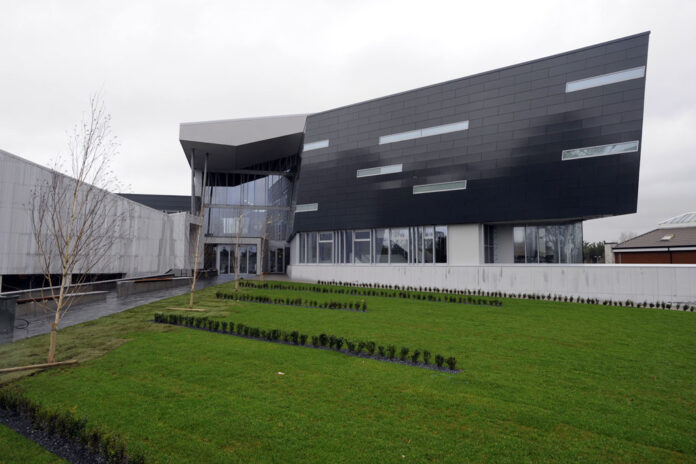A BID to create housing for older members of a religious community in Tuamgraney has hit a hitch, with planners seeking further details on a number of aspects of the project, writes Fiona McGarry.
At the end of June, The Christian Community lodged an application to update their existing facilities at Drewsborough, and to create 12 new accommodation units.
While planners had initially indicated an August decision date was possible, they have now asked for detailed Further Information (FI) on several aspects of the proposals.
According to a design statement submitted with the application, the existing Christian Community Centre is made up of a chapel, priest’s house, visitor accommodation, therapy rooms and associated services.
The proposed project would involve the demolition of part of an existing building, the extension of an existing chapel and the creation of an accommodation block.
In relation to the physical design, the application noted that, “The core of the design revolves around community and it is proposed that an outdoor community space becomes the core of the building arrangement.”
It said that mature trees on the site would be maintained and that, in order to maximise the use of the existing buildings, activities that are not 24/7 will be redirected towards those, while the accommodation element will go into a new unit.
The application noted that The Christian Community has been able to obtain a site to the south of its existing centre, opening opportunities to deal with the issues of updating existing facilities and providing accommodation for older people.
After assessing the application, planners wrote to the organisation with an FI request.
In their letter, planners have said that considering the zoning for ‘Existing Residential’, and the number of proposed accommodation units, they require more clarity on whether or not the development is exempt from the legislation on social and affordable housing.
Planners have also asked for details of the management and ownership structure of the proposed apartments and whether they will be rented out to members of the church or individually sold.
Concerns have been raised too that the design may not integrate into the traditional village setting and a full design statement has been requested. Planners have also asked for a traffic and transport assessment.
The FI request letter also notes that cremated remains have been interred at the back of the existing dwelling on the site and seeks clarity on any future interment activities.
Planners have suggested the applicants might consider a columbarium wall. A landscaping plan and a fire escape plan have also been requested.
There are two submissions on the planning file from neighbours in the area. A letter in support of the development was filed by Niamh Ruiséal and Mark Connolly, the owners of a house to the south of the Christian Community Centre.
They told planners they had been consulted on the proposed design of the accommodation and the extension of the chapel and “are happy to see this kind of proposal for the community”.
A submission from Derek and Teresa Browne objected to the application raising concerns that the application failed to clarify the full extent of the project.
“Describing the 12 no. apartments as accommodation block is fairly well lacking in clarity,” the submission stated.
“One would assume an accommodation block might comprise a small residential unit for the priest or parish officials.
“Twelve two-bedroom apartments in one very substantial two-storey block is not an accommodation building. It is a block of flats. So why not call a spade a spade.”
Concerns were also raised about an increase in traffic on an already busy road.
The submission concluded by saying that while the idea of providing for the elderly is “noble”, the design is “incongruous and incompatible” with the existing pattern of development in Tuamgraney.
On its website (Thechristiancommunityireland.net), The Christian Community, a registered charity, describes itself as a “religious renewal movement”, which was founded in Europe in the years following World War I and came to Ireland in the ‘70s and ‘80s.
Green Senator Róisín Garvey is named as a representative on the development, as is Senator Timmy Dooley.
The applicants have six months from August 23 to return the required information to Clare County Council.

